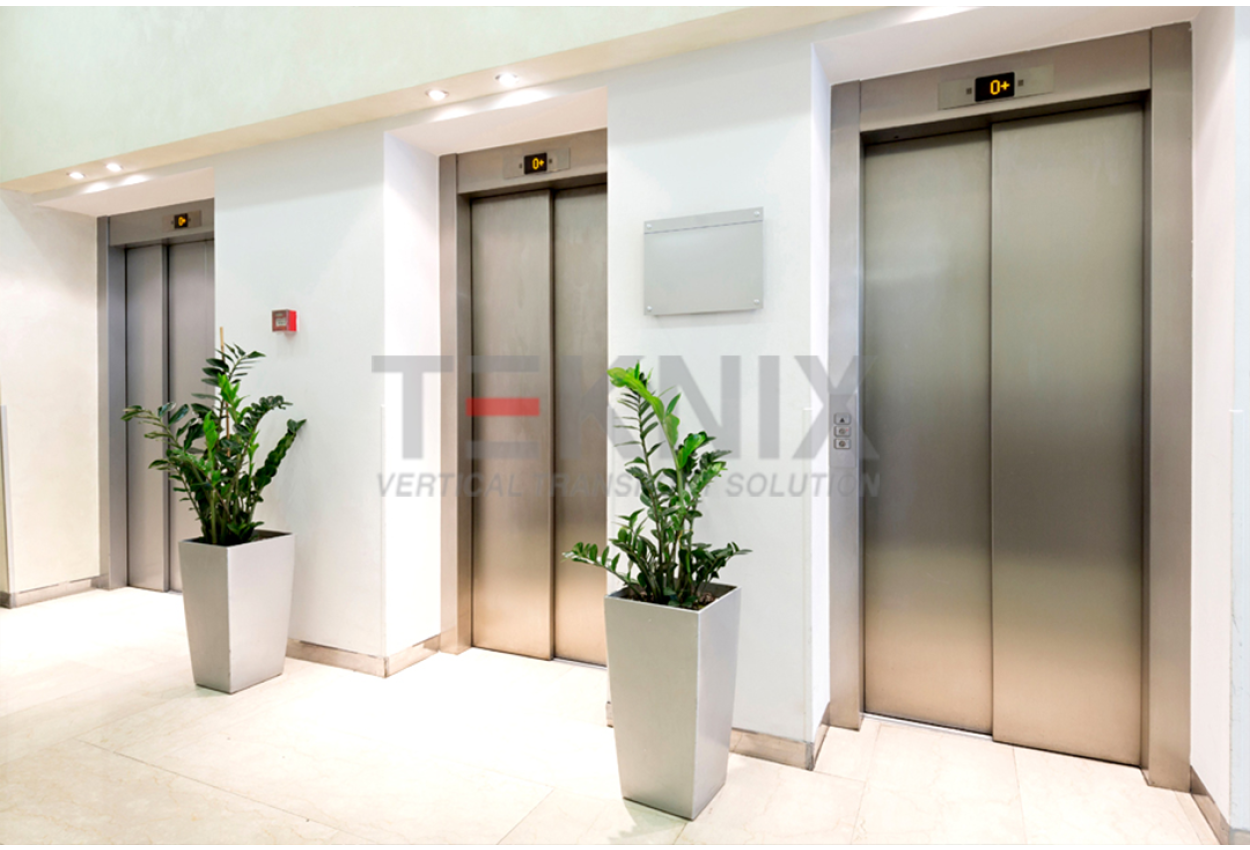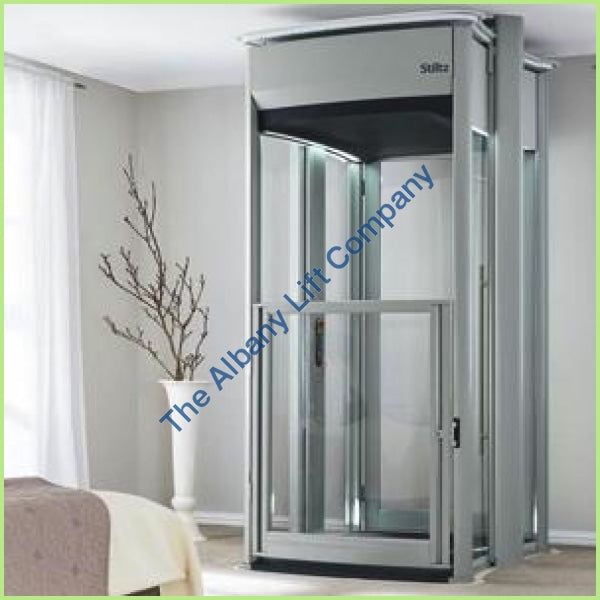Top Lift Companies in London: Offering High Quality Installations and Upkeep
Wiki Article
Digging Into the Globe of Elevators: Typical Concerns Faced by Different Lift Systems
As we navigate via the upright transport systems of modern-day buildings, lifts stand apart as an important component of our lives. Nevertheless, behind their seamless procedure exists a world of elaborate mechanisms that can in some cases encounter obstacles. From hydraulic lifts to traction systems and machine-room-less designs, each lift kind features its collection of typical problems. Understanding these difficulties is important for ensuring the smooth performance of these crucial systems. Allow's check out the intricacies that underlie the operation of elevators and the possible problems that can occur, clarifying the intricate internet of lift systems.Hydraulic Lifts
Hydraulic lifts, often liked for low-rise structures, make use of fluid stress to regulate the movement of the elevator cars and truck (lift repair companies). This mechanism involves a hydraulic pump pushing oil into a cylinder, causing the elevator to relocate the preferred instructions. While hydraulic elevators are known for their smooth and quiet operation, they do include their own set of usual issuesOne common trouble with hydraulic lifts is oil leak. The seals in the hydraulic system can use out gradually, bring about oil infiltration. If left unaddressed, this not only creates a mess however can additionally influence the lift's performance. Additionally, issues with the control system, such as faulty shutoffs or a malfunctioning pump, can create interruptions in the lift's activity.
Normal maintenance and prompt fixings are important to guarantee the smooth functioning of hydraulic lifts. By attending to these typical issues proactively, structure owners can reduce downtime and guarantee the safety and performance of their vertical transportation system.
Grip Elevators
When taking into consideration vertical transport systems in structures, one more common kind apart from hydraulic lifts is the traction lift. Grip lifts run using a system of ropes and weights that move the lift cars and truck by grasping onto the hoist ropes. This device enables for smoother and faster vertical transport contrasted to hydraulic systems.One of the usual problems encountered by traction lifts is rope wear. The constant activity of the ropes within the traction system can lead to tear and use gradually, possibly triggering the lift to malfunction or end up being hazardous for usage. Regular examinations and maintenance of the ropes are vital to guarantee the lift's correct functioning and safety and security.
Another concern that grip elevators may run into is associated with the control system. Issues with the control system can lead to problems such as irregular activity, delays in reaction times, or perhaps full shutdowns. Regular testing and upkeep of the control system are crucial to avoid such problems and make certain the elevator's reliability.
Machine-Room-Less (MRL) Elevators

One of the key elements of MRL elevators is the compact gearless grip machine that is mounted within the hoistway. This device successfully drives the elevator vehicle without the demand for bulky tools found in typical traction lifts. Additionally, MRL lifts generally make use of a counterweight system to stabilize the car, additional improving their energy effectiveness.
Despite we maintain lifts their advantages, MRL elevators may deal with difficulties connected to maintenance and repair work because of the constrained room for equipment installation. Access for servicing components within the shaft can be limited, requiring specialized training for service technicians. Correct upkeep timetables and normal inspections are essential to make sure the ongoing smooth operation of MRL lifts.
Overloading and Weight Limit Issues
Straining and weight restriction problems are vital issues in elevator procedures. Lift suppliers layout raises with particular weight capacities to make certain traveler safety and equipment long life.When elevators are overloaded, it puts excessive pressure on the motor, cables, and various other elements, potentially creating breakdowns or malfunctions. If they detect excess weight, safety mechanisms such as sensors and overload sensors are in place to stop lifts from relocating. In addition, going beyond weight limitations can cause boosted power intake and wear and tear on the elevator system.
To mitigate overwhelming issues, developing supervisors ought to plainly display weight limitations in lifts and inform passengers on the importance of sticking to these constraints - lift repair companies. Regular upkeep checks by certified specialists can additionally help guarantee that lifts are running within secure weight parameters. By resolving overloading and weight limit problems proactively, structure proprietors can boost elevator security and efficiency
Electrical System Failings
Going beyond weight limitations in lifts can not just lead to mechanical problems but additionally potentially contribute to electric system failures within the lift infrastructure. Electrical system failures are an important concern in elevator operation, as they can cause unexpected closures, malfunctions, or even safety threats.Normal maintenance and examinations are important to recognize and deal with possible electrical concerns quickly, making certain the risk-free and reliable operation of lift systems. By sticking to weight limits and carrying out regular electrical system checks, building proprietors can mitigate the risk of electrical failings in lifts.
Conclusion

Hydraulic lifts, frequently favored for low-rise buildings, make use of fluid pressure to regulate the movement of the lift car.When taking into consideration vertical transport systems in structures, one more usual type apart from hydraulic lifts is the traction lift. Grip elevators operate making use of a system of ropes and counterweights that move the lift car by grasping onto the hoist ropes. Unlike traditional elevators that need a different device space to house the tools, MRL elevators integrate most of the parts within the shaft, eliminating the demand for a specialized device room.In verdict, elevators face typical concerns such as hydraulic breakdowns, traction system failings, and electrical system issues.
Report this wiki page